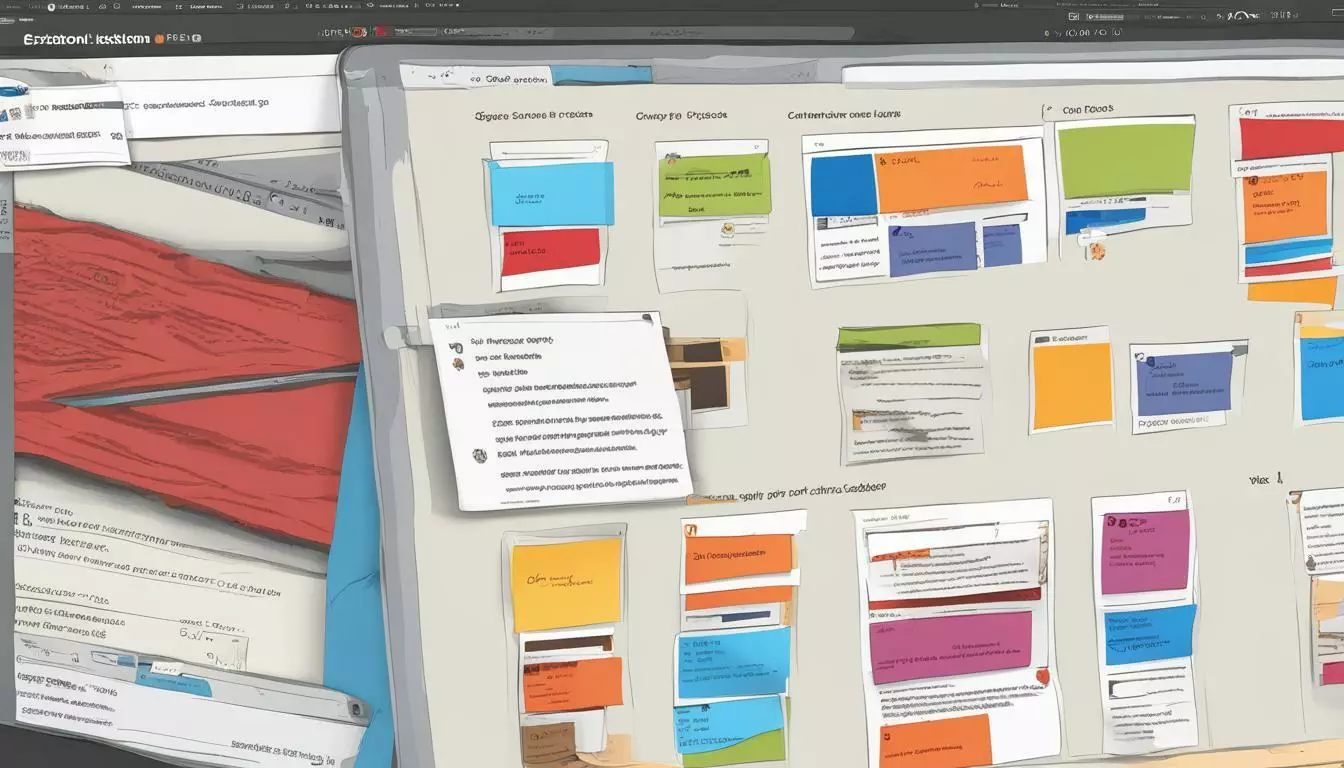Key Takeaways
- Copying CSS from a website can enhance your web development skills and aesthetics.
- The process of copying CSS involves extracting the desired CSS styles accurately.
- Techniques and tools for CSS copying can simplify the process and make it easier to utilize CSS styles effectively.
Understanding the Importance of Copying CSS
As a web developer, you may wonder why it’s important to copy website designs with CSS. Replicating website styles may seem like a shortcut or even a form of plagiarism. However, copying CSS from existing websites can actually enhance your web development skills and improve your projects. When copying website design with CSS, you can learn from experienced designers and observe how they create visually appealing websites. By replicating these designs, you can understand the underlying principles and techniques, helping you grow as a developer. Additionally, CSS replication from existing websites can save time, especially when working on projects with tight deadlines or limited resources. It’s important to note that copying website design with CSS does not mean stealing someone else’s work. Utilizing replicated styles appropriately and responsibly is crucial for respecting copyright and intellectual property laws. By understanding the importance of ethical CSS copying, you can incorporate existing designs into your own projects without infringing on others’ rights.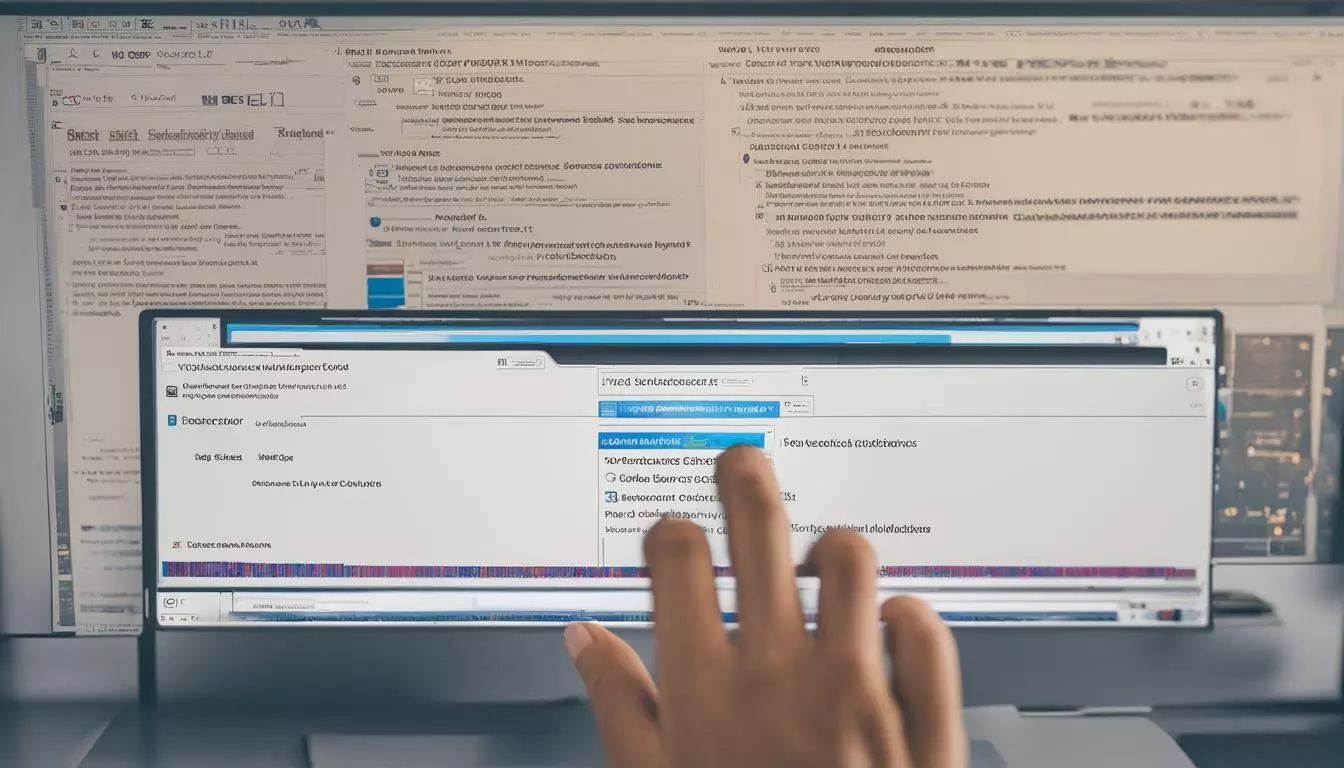
Tools for Copying CSS
Copying CSS from a website can be a challenging task, but there are tools and methods to simplify the process. With these tools, you can copy website designs with CSS and replicate them in your own projects. Here are some of the most useful tools for extracting CSS from websites:| Tool | Description |
|---|---|
| Browser Developer Tools | The developer tools built into web browsers like Chrome and Firefox allow you to inspect elements and view the CSS code that styles them. By selecting an element and viewing its styles, you can extract the necessary CSS and copy it to your own stylesheet. |
| CSS Extraction Extensions | Browser extensions like CSS Peeper and Stylebot allow you to extract CSS from a website with a single click. Simply activate the extension on the website you want to copy and it will generate a CSS file for you to download and use in your own projects. |
| Online CSS Extraction Tools | Websites like cssExtractor.com and CssGrab.com allow you to enter a website URL and extract its CSS into a downloadable file. These tools can be useful if you don’t want to use a browser extension or don’t have access to the developer tools of a particular browser. |

CSS Copying Techniques
Copying CSS from a website involves extracting the relevant code snippets and applying them to your own project. There are several methods you can use to copy CSS from a website:- Inspecting Elements: This involves using your browser’s developer tools to locate and copy the CSS styles of an element. Simply right-click on the element and select “Inspect” to view its CSS properties. You can then copy the relevant code snippets and apply them to your own project.
- Using Browser Extensions: There are several browser extensions, such as CSS Peeper and StyleBot, that can help you easily extract CSS styles from a website. These extensions allow you to select an element and view its CSS styles, as well as copy and apply them to your own project.
- Viewing Source Code: If the CSS styles are defined within the website’s source code, you can simply view the code and copy the relevant CSS snippets. However, this method requires some knowledge of HTML and CSS, as well as an understanding of how the website’s code is structured.
- Using CSS Cloning Tools: There are also several CSS cloning tools available, such as CSS Scan and SiteSucker, that allow you to extract CSS styles from a website and save them as a separate stylesheet. You can then link to this stylesheet in your own project.
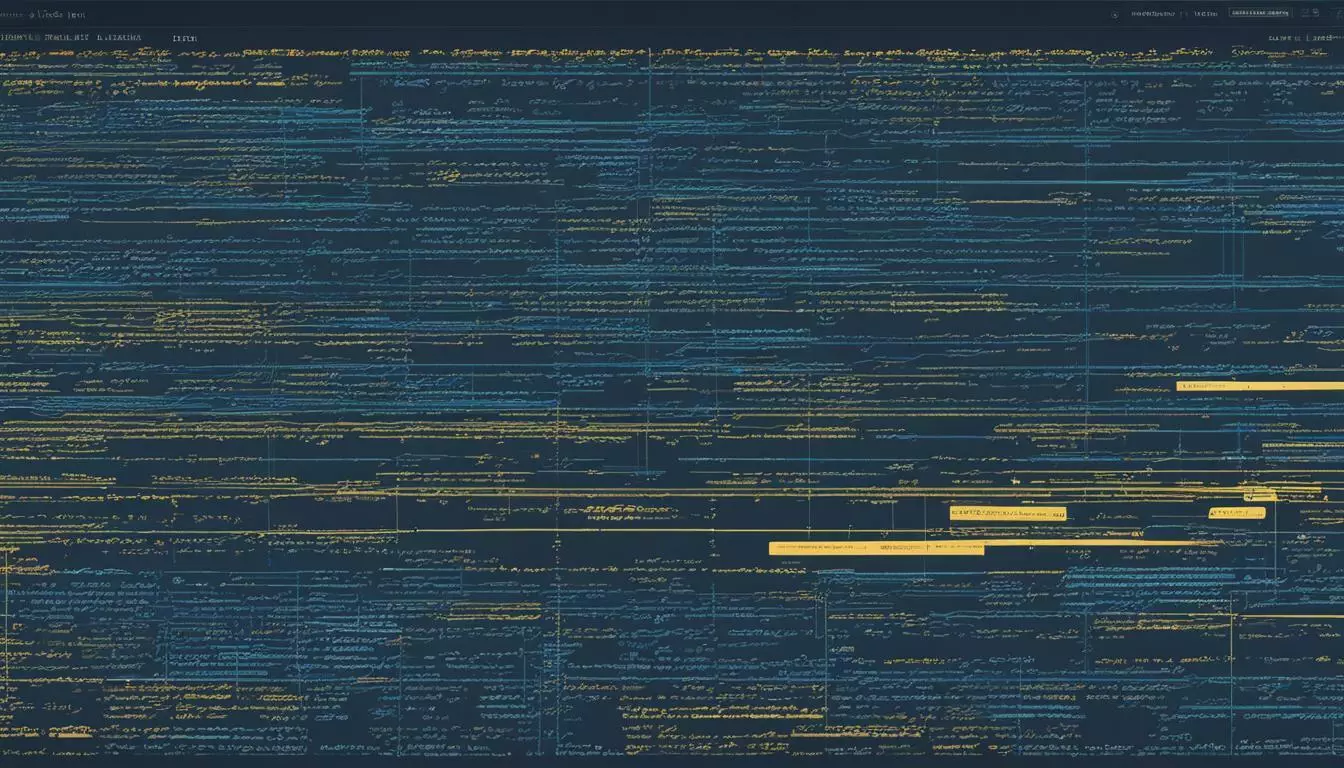
Remember, copying CSS from a website should be used as a learning tool and not a shortcut. Use the skills and techniques you learn to enhance your own web development efforts and create unique, visually appealing designs.
Best Practices for Using Copied CSS
Copying CSS from existing websites can be a valuable tool for web development, but it’s important to use it responsibly. Here are some best practices to keep in mind:- Understand the original website’s design: Before copying any CSS, take a close look at the original website’s design elements and how they work together. This will help you understand the context of the copied CSS and how to apply it effectively.
- Use copied CSS sparingly: While it may be tempting to copy entire website styles, it’s important to only utilize copied CSS when necessary. Using too much copied CSS can lead to unoriginal and messy designs. Instead, try to identify specific elements or styles that can be incorporated into your project.
- Give credit where credit is due: If you’re using copied CSS from another website, it’s important to give credit to the original source. This can be done through an attribution statement or by linking back to the original website.
- Test thoroughly: Copied CSS may not always work perfectly on your website, so it’s important to test extensively before publishing. This can include checking for compatibility issues and making adjustments as needed.
- Continue to learn: Copying CSS from existing websites can be a valuable learning experience, but it’s important to continue to develop your skills and create original designs. Use copied CSS as a foundation for creativity and innovation.
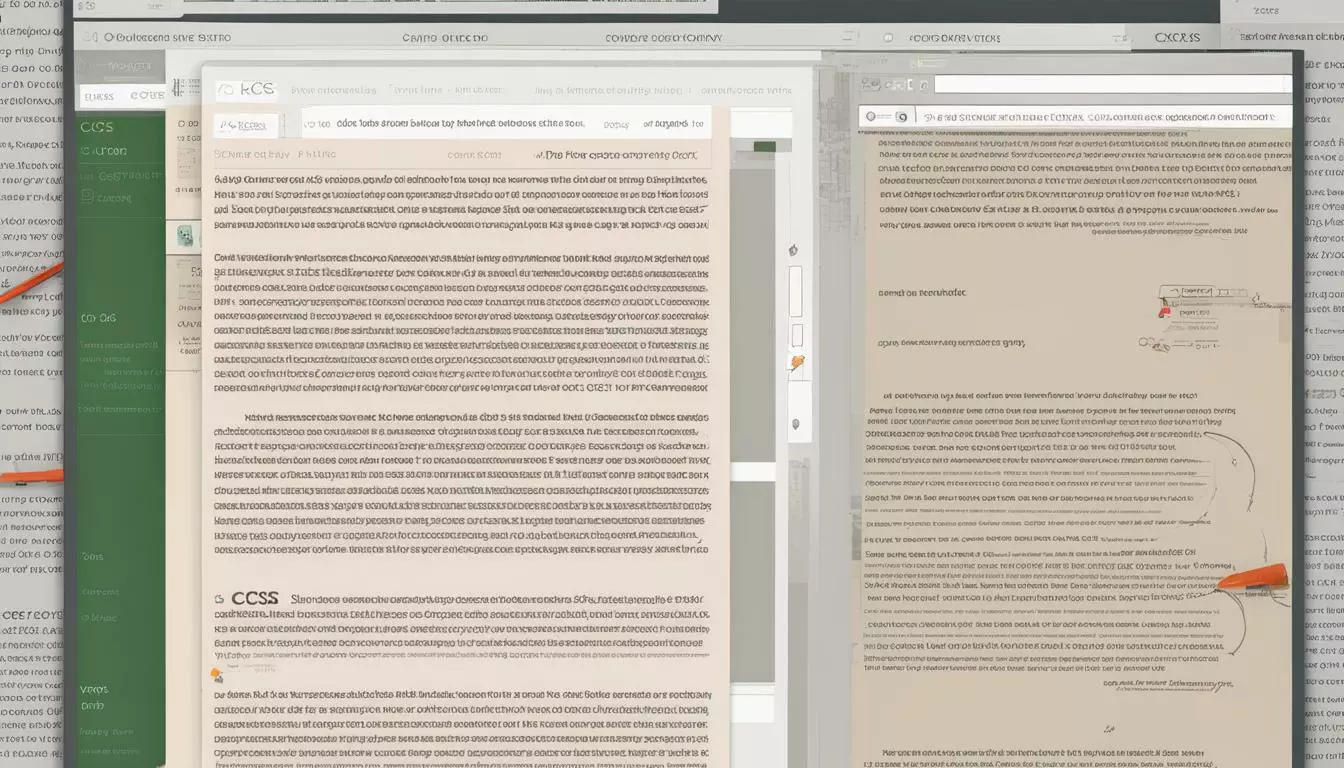
Avoiding Copyright and Intellectual Property Issues
As a professional copywriting journalist, I understand the importance of respecting copyright and intellectual property rights when using website designs and styles. In this section, we will discuss how to avoid potential legal issues when copying CSS from websites.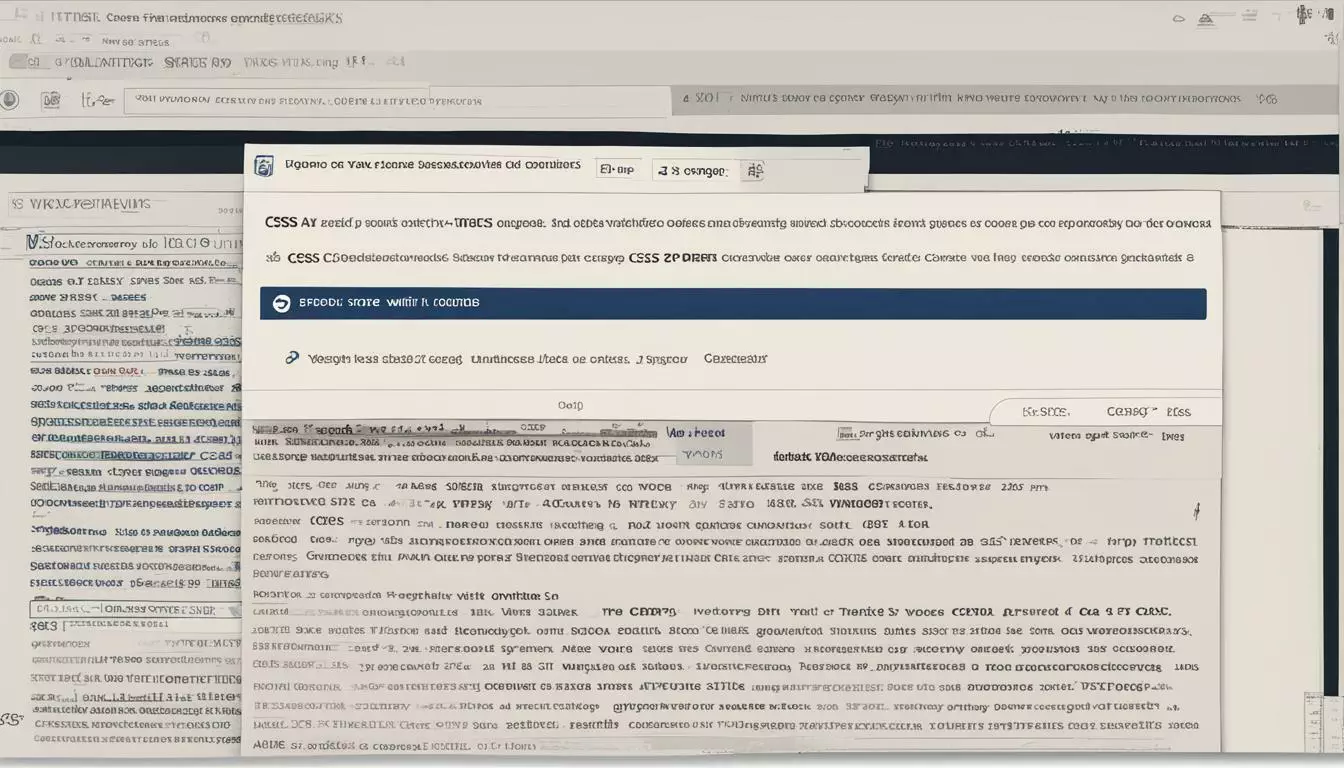 Copying CSS from a website without permission can lead to copyright infringement and legal consequences. Therefore, it’s essential to have a clear understanding of the legal considerations before replicating website designs and styles.
One way to avoid potential copyright issues is to create your own CSS from scratch or obtain permission from the website owner before using their CSS. Another option is to use CSS frameworks, like Bootstrap or Foundation, that provide pre-designed styles that are free to use.
Additionally, it’s important to note that not all website styles are eligible for copyright protection. Functional elements, like page layout or navigation, are not protected under copyright law. However, creative elements, like unique typography or color schemes, are eligible for copyright protection.
When copying CSS from a website, it’s crucial to attribute the original source in your code and avoid altering the original code. This not only demonstrates ethical behavior but also shows respect for the original designer’s work.
As a professional copywriting journalist, I understand the importance of respecting copyright and intellectual property rights when copying CSS from websites. By following best practices and legal considerations, you can safely and responsibly use website designs and styles to enhance your web development efforts.
Copying CSS from a website without permission can lead to copyright infringement and legal consequences. Therefore, it’s essential to have a clear understanding of the legal considerations before replicating website designs and styles.
One way to avoid potential copyright issues is to create your own CSS from scratch or obtain permission from the website owner before using their CSS. Another option is to use CSS frameworks, like Bootstrap or Foundation, that provide pre-designed styles that are free to use.
Additionally, it’s important to note that not all website styles are eligible for copyright protection. Functional elements, like page layout or navigation, are not protected under copyright law. However, creative elements, like unique typography or color schemes, are eligible for copyright protection.
When copying CSS from a website, it’s crucial to attribute the original source in your code and avoid altering the original code. This not only demonstrates ethical behavior but also shows respect for the original designer’s work.
As a professional copywriting journalist, I understand the importance of respecting copyright and intellectual property rights when copying CSS from websites. By following best practices and legal considerations, you can safely and responsibly use website designs and styles to enhance your web development efforts.
Troubleshooting Common Issues
As with any technical skill, copying CSS from a website can present various challenges. Here are some common issues you may encounter and troubleshooting strategies to help you overcome them.Issue #1: Inaccurate or Missing CSS Styles
If you’re having trouble copying the exact CSS styles you want, it’s possible that the website’s CSS is being generated dynamically. This means that the styles are not stored in a separate CSS file and cannot be accessed easily. In this case, you may need to manually recreate the styles using your own CSS code. Alternatively, if the CSS you want is missing altogether, it’s possible that the website is using a CSS framework or library that you don’t have access to. In this case, you can try searching for the framework or library online and incorporating it into your own project.Issue #2: Conflicting CSS Styles
When copying CSS from a website, it’s important to consider how it will interact with your existing CSS code. Sometimes, the copied CSS styles may conflict with your existing styles and cause unexpected design issues. To troubleshoot this issue, you can try using more specific selectors in your CSS code. This will ensure that your styles take precedence over any conflicting styles from the copied CSS.Issue #3: Performance Issues
Copying too much CSS from a website can result in slower loading times and decreased website performance. It’s important to only copy the CSS styles you need and to optimize your code for performance. One strategy to improve performance is to minify your CSS code. This involves removing any unnecessary whitespace and comments, resulting in a smaller file size and faster loading times.Issue #4: Legal Considerations
When copying CSS from a website, it’s crucial to respect copyright and intellectual property rights. Make sure that you have permission to use the copied CSS and that you are not infringing on any legal protections. If you’re unsure about the legality of copying CSS from a website, it’s always best to err on the side of caution and seek legal advice. Overall, by understanding these common issues and troubleshooting strategies, you can effectively copy CSS from websites and improve your web development skills.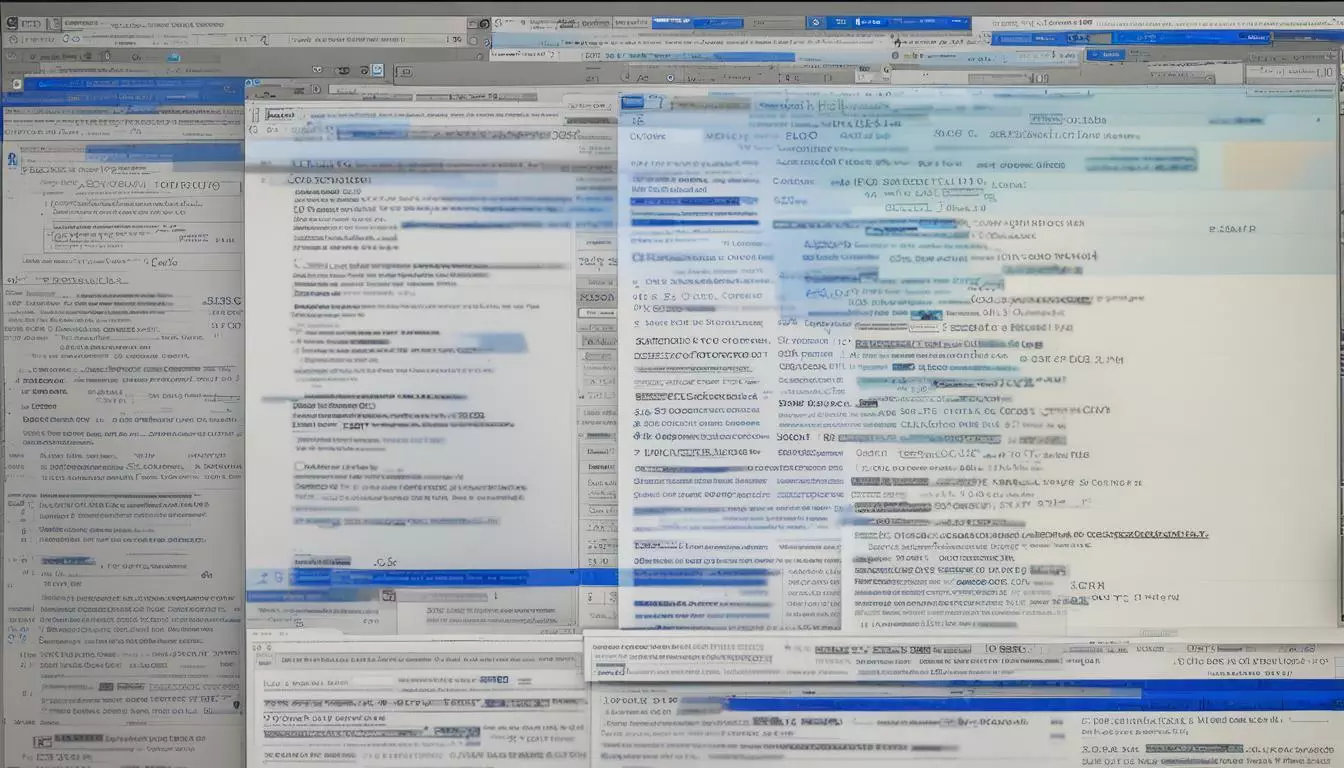
Can Taking the SASS Test Improve My CSS Copying Skills?
By leveraging a free online sass test, you can significantly enhance your ability to replicate CSS. Such an exam can help gauge your proficiency in CSS, identify areas requiring improvement, and uncover sophisticated techniques that you might not be aware of. By honing your SASS skills, you can create polished, painstakingly crafted code that can lead to exceptionally visually appealing website designs.
Enhancing Web Development Skills with Copied CSS
Copying CSS from existing websites can be a valuable and efficient way to enhance your web development skills. By utilizing the code and design of experienced developers, you can learn from their techniques and improve your own projects. Whether you are replicating website designs or studying complex layouts, copying CSS can help you achieve your goals. One technique for using copied CSS is CSS cloning from a website. This involves duplicating the CSS code of a website and applying it to a new project. By doing so, you can achieve a similar design and layout to the original website, while still maintaining your own unique content and branding. Another way to utilize copied CSS is through CSS replication from existing websites. Instead of cloning an entire website, you can replicate specific design elements such as buttons, menus, or typography. This allows you to add professional and visually appealing design features to your own projects. While using copied CSS can greatly enhance your web development skills, it is important to do so responsibly. Make sure to respect copyright and intellectual property rights, and only use CSS code that you have permission to use. Additionally, it is important to understand the code you are copying and ensure that it is compatible with your own project. Overall, copying CSS from existing websites can be a powerful tool for web development. By utilizing the techniques of experienced developers, you can improve your skills and create visually appealing websites that stand out from the crowd.

